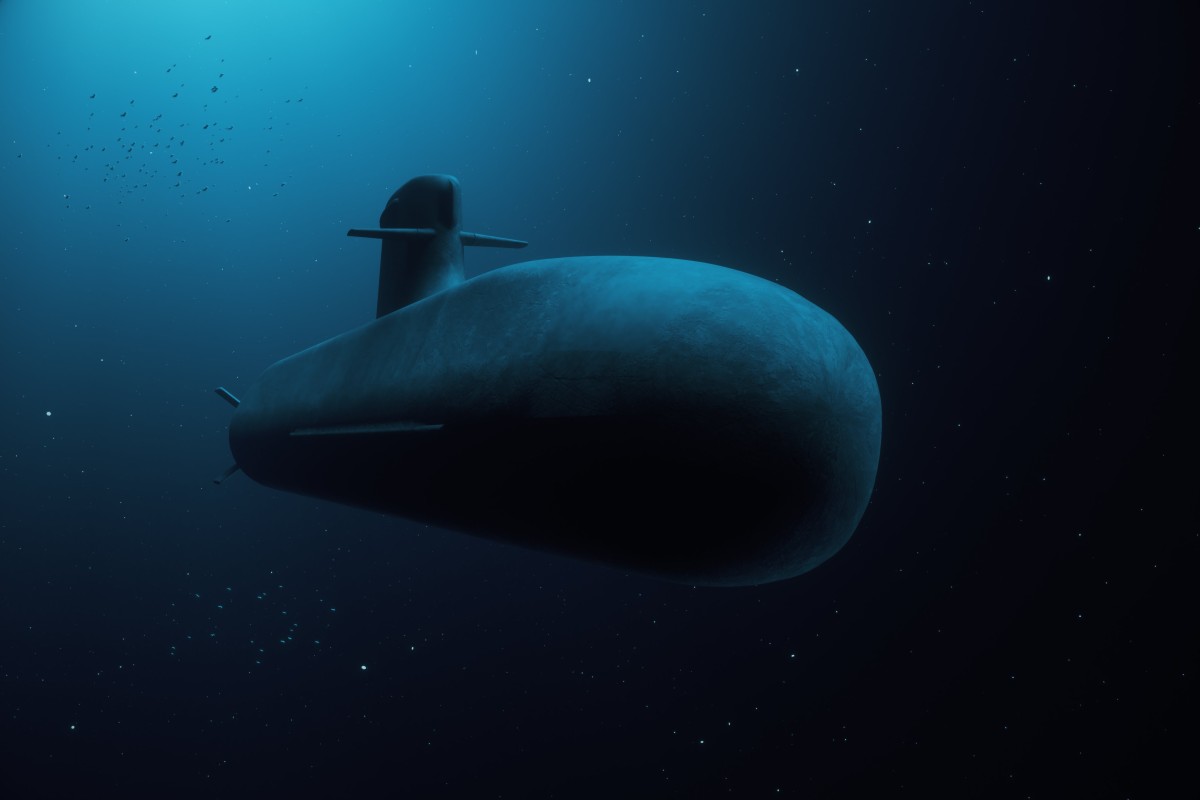Russia’s AS-31 deep-diving nuclear-powered submarine, popularly known as Losharik, is returning to duty five years after it caught fire during alleged “underwater research” off the coast of the Kola Peninsula.
The Losharik, a spy submarine, is currently undergoing repairs and refurbishment. According to reports from the Russian state news agency TASS, it will be put to test in June or July this year.
An unknown source with information on the submarine told the publication, “The repair of Losharik is almost complete. After some remaining work, it is planned that it will go out for testing in June or July of this year.”
One of the Russian fleet’s classified submarines, the Losharik, was launched in 2003. After a tragic fire accident onboard the vessel in 2019, which claimed the lives of 14 crew members, the submarine has reportedly been repaired and is now ready to make a comeback sooner than previously anticipated.
Some reports published last year said the submarine would be back in the seas by late 2024.
The source accessed by TASS informed that the vessel will be able to dive to 6,000 meters (19,700 feet) even after repairs. The submarine’s titanium hull, which guarantees the vessel’s ability to dive, was not damaged. The Russian defense ministry stated, following the accident, that although the vessel was powered by nuclear energy, the “nuclear elements” were completely segregated from the fire.
Usually headquartered in Oleniya Bay, Losharik is operated by the Main Directorate for Deep Sea Research, also known as GUGI, a division that reports directly to the Armed Forces General Staff. The sub is believed to be capable of placing and removing minor military installations and equipment from the ocean floor.
The sub is classified as a spy sub. Since this particular submarine remains cloaked in secrecy, the officials and experts in the West have been left to speculate about it.
According to reports, the AS-31 was tested by the Russians in 2012 in the Arctic Ocean down to 6,600-8,200 feet. Conversely, the maximum diving depth that the US Navy’s Los Angeles-class submarine can withstand is 3,000 feet, which is slightly more than one-third of the AS-31’s maximum diving depth. The titanium used to construct the hull of the AS-31 adds even more strength to the vessel.
The AS-31 can displace only 2,100 tons while submerged, making it a small but powerful weapon. In contrast, the Russian Belgorod displaces 17,000 tons. Being just 70 meters long, the AS-31 is so compact that it can be carried by the larger Russian sub, the Delta-III.
Russia is the only country that has a fleet of special mission submarines for espionage and undersea warfare. With the return of Losharik, that capability will be further bolstered at a time when tensions with NATO have touched their zenith and a new flashpoint has emerged in the Arctic.
The Fire Accident That Took Losharik Out Of Action
The Losharik accident occurred on July 1, 2019. Dmitry Peskov, a Kremlin spokesman, called the submarine’s mission a “state secret,” which meant that the full scope of events on that fateful day could not be known.
A fire started in the ship’s battery compartment just as the submarine was ready to return from training to its base in Oleniya Bay. There were rumors that the exercise was the final one before a combat deployment.
The submarine was, at the time of the catastrophe, in Motovsky Bay, close to the Rybachii Peninsula and maybe no more than 50 kilometers from the Norwegian border.
The special purpose sub was attempting to communicate with its much larger mother ship, the BS-64, when smoke began to spew out from the compartment housing the batteries.
Four of the 14 men who perished were reportedly members of the BS-64’s crew. After the ten men on board Losharik had exhausted all of the breathing apparatuses, the sailors from BS-64 joined them in their attempt to aid in their evacuation. It is believed that at that stage of the tragedy, there was a strong explosion in the battery compartment, which killed them.

After Losharik successfully docked, the BS-64 hurriedly returned to Severomorsk to discharge the wounded submariners. By midnight, the information given out by SeverLife.ru, a local news source, stated that five individuals were hurt and that between 10 and 14 people had perished. There were two in critical care. Later, the story was taken down.
One of the fishermen told SeverPost earlier, “We were heading towards Kildin, and then, about half past nine in the evening, a submarine surfaced. Suddenly, it completely surfaced. I have never seen anything like it in my life. On the deck, people were running around and making a fuss.”
A covert enclosure was positioned over a hatch on the rear side of BS-64. It’s possible that bystanders did not know the damaged submarine was hidden beneath the visible host submarine. On July 4, as the story was still making news across the world, BS-64 returned inconspicuously to Olenya Guba. There, more care was taken, and the disguised tent was used once more.
In the aftermath of the incident, the submarine entered extensive repairs which triggered speculation that it would eventually make a comeback.
- Contact the author at sakshi.tiwari9555 (at) gmail.com
- Follow EurAsian Times on Google News




